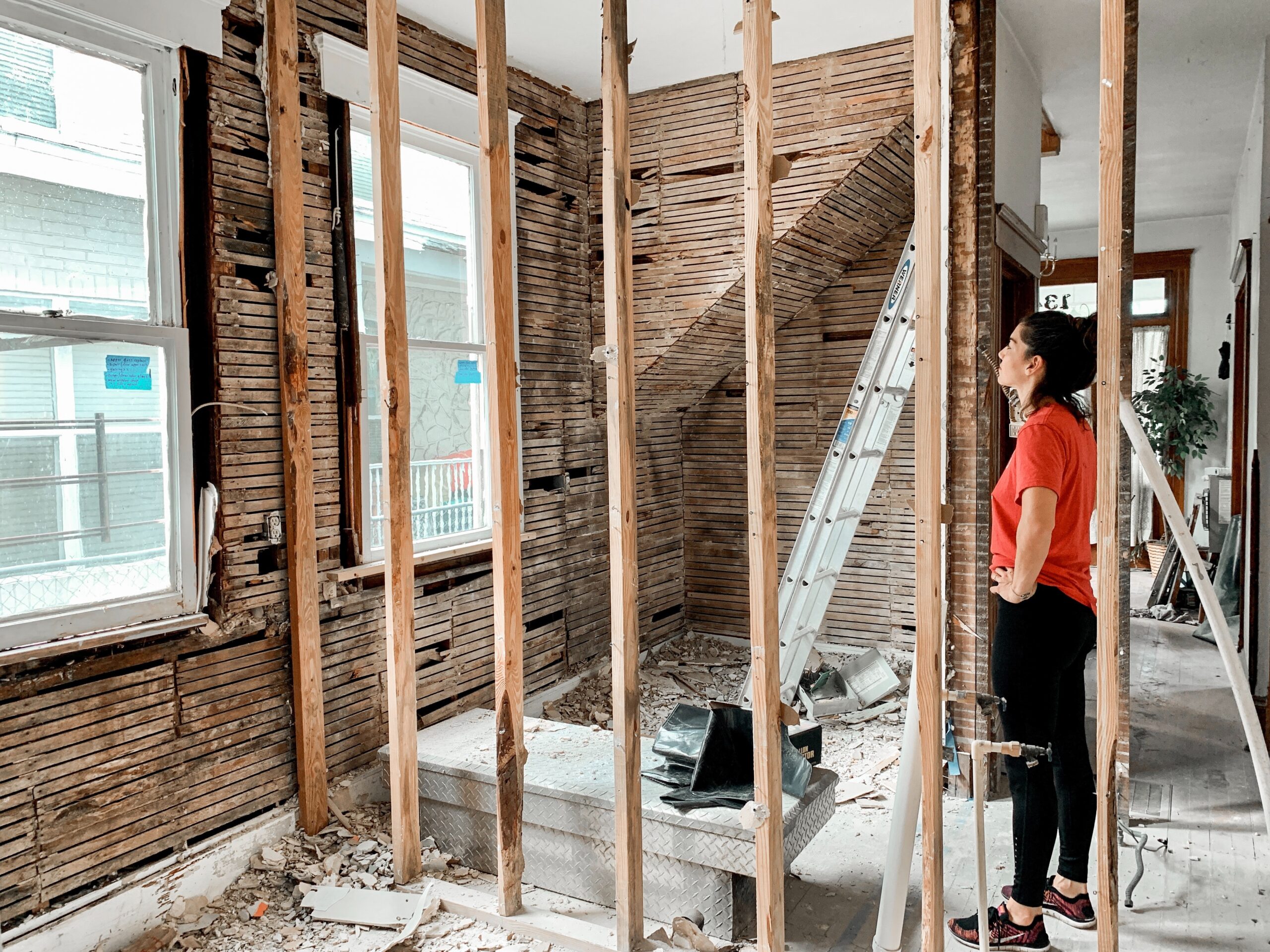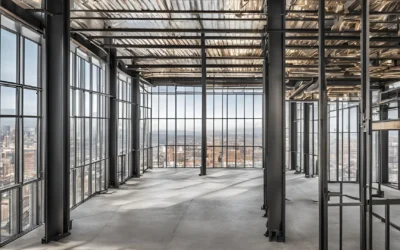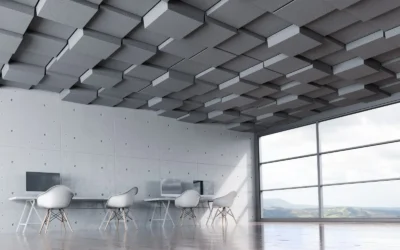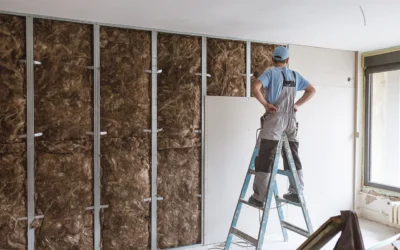Choosing the Perfect Drywall for Your Project: A Simple Buyer’s Guide

Are you planning a construction or renovation project and wondering which drywall to choose? With so many options available, it can be overwhelming to make the right decision.
In this buyer’s guide, we’ll simplify the process and provide essential information to help you select the perfect drywall for your project.
Understanding Drywall
Drywall, alternatively referred to as gypsum board or plasterboard, is a highly versatile material utilized in the construction of interior walls and ceilings. Composed of a gypsum core encased between paper facings, it is a fundamental component in modern building practices.
Let’s delve into the different types of drywall available:
Regular Drywall
Also called standard drywall, regular drywall is the most commonly used. It is ideal for interior walls and ceilings in areas with minimal moisture exposure. It is easy to install, affordable, and lightweight. Regular drywall comes in various thicknesses, including 1/2-inch and 5/8-inch options.
Moisture-Resistant Drywall
This drywall, also known as green board or green rock, is designed for areas with increased humidity, such as bathrooms, kitchens, and laundry rooms. It has a moisture-resistant core that prevents mold and mildew growth. However, it is not waterproof, and you should not use it in direct contact with water.
Fire-Resistant Drywall
Fire-Resistant Drywall contains glass fibers and other additives that help delay the spread of flames in the event of a fire. It is commonly required in commercial buildings and specific areas of residential properties, such as garages or shared walls.
Soundproof Drywall
If noise reduction is a priority, consider using soundproof drywall. It incorporates additional layers or specialized materials to minimize sound transmission between rooms. It is particularly useful for home theaters, bedrooms, or other spaces where noise isolation is crucial.
Cloud-Based Access Control: Convenience and Scalability
Cloud-based access control systems are gaining popularity in commercial buildings due to their scalability and convenience. These systems enable centralized control and management of access privileges across multiple locations, making it easier for facility managers to monitor and adjust access rights as needed. Coud-based access control also offers remote management flexibility, allowing administrators to grant or revoke access privileges, track user activity, and receive real-time notifications remotely. This level of convenience and scalability makes cloud-based access control an ideal solution for large commercial buildings or organizations with multiple sites.
Mobile Credentials: Empowering Users
The rise of mobile technology has paved the way for innovative access control solutions using smartphones as credentials. With mobile credentials, users can securely access commercial buildings by presenting their smartphones at entry points. This eliminates the need for physical cards or keys, reducing the risk of loss or theft.
Additionally, mobile credentials offer added convenience, as users always have their smartphones readily available. Integrating mobile credentials with access control systems also enables additional layers of authentication, such as biometric verification or two-factor authentication, further enhancing security measures.
Integrated Systems: Converging Security Solutions
Next-generation access control systems go beyond traditional door access management. They integrate seamlessly with other security solutions, such as video surveillance, intrusion detection, and alarm systems, creating a comprehensive security ecosystem. The integration allows synchronized data and events, enabling efficient incident response and forensic investigations. For example, when an unauthorized access attempt is detected, integrated systems can trigger alarms, capture relevant video footage, and notify security personnel in real-time. This convergence of security solutions enhances situational awareness and enables proactive security measures in commercial buildings.
Ready to level up your commercial building? Look no further than Curtis Partition. Our expertise in drywall and metal framing, acoustical ceilings, taping and finishing, doors, frames, and hardware, specialty ceilings, rough carpentry, and millwork installation can elevate the security and design of your space. Experience the difference that next-generation craftsmanship can make. Contact us today, and let’s transform your commercial building into a secure and visually stunning space.
Related Articles
Metal Stud Framing: The Backbone of Modern Commercial Construction
The days of wood framing dominating commercial construction are long gone. Today, metal stud framing is the industry standard, offering unmatched strength, fire resistance, and longevity. Unlike wood, metal studs don’t warp, rot, or attract pests, making them the...
The Top 6 Uses for Acoustical Ceilings
Acoustical ceilings play a critical role in modern commercial and industrial spaces. Designed for sound absorption, noise control, and enhanced aesthetics, these ceilings create comfortable environments by reducing echoes and improving speech clarity. Whether in a...
Common Drywall Mistakes Will That Cost You Time and Money (And How to Avoid Them)
Drywall installation seems simple enough—hang the sheets, fasten them in place, tape the joints, and apply a smooth finish. But in reality, even small mistakes can lead to costly repairs, project delays, and a truly subpar final product. From uneven framing to poor...



